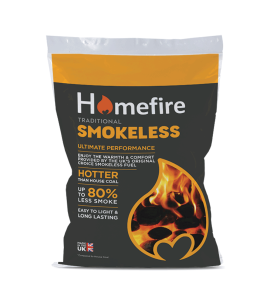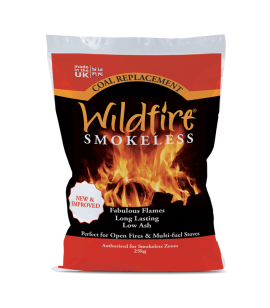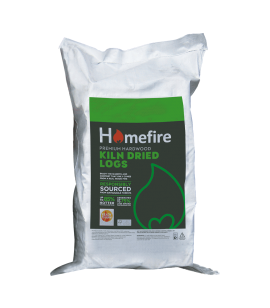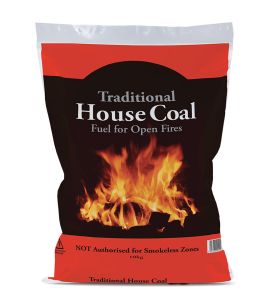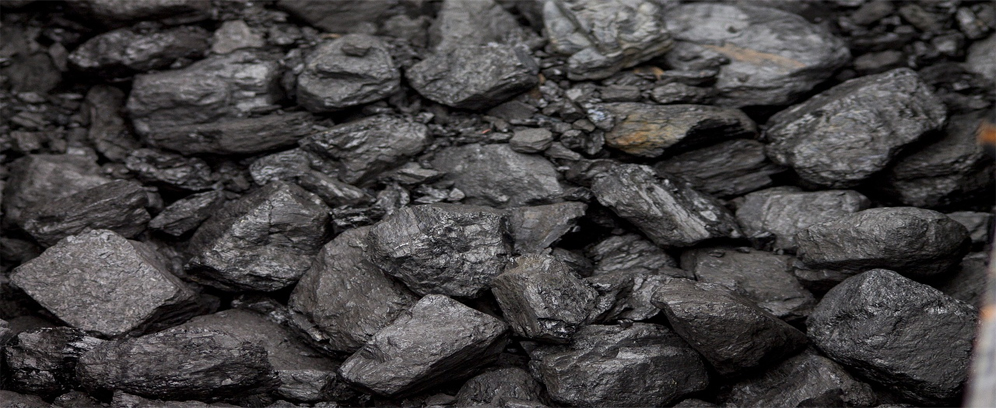
The Story of Coal: The many different types of Coal
It sounds so simple doesn’t it. Coal. But it’s actually far from it.
Take our Homefire Smokeless Coal for example, it can’t be ‘just’ coal and nothing else, otherwise it wouldn’t be smokeless. And of course ‘Wildfire’, the house coal to rule all house coals!
In fact, all of our manufactured coal products are made up of a variety of different kinds of coal.
Have a read and see if you can figure them all out...
How is coal made?
Coal is formed from dead and decaying plant matter which has been subject to heat and pressure under the earth’s surface for millions of years. Coal is made up mainly of carbon, along with differing quantities of other elements, chiefly hydrogen, with smaller quantities of sulphur, oxygen, and nitrogen.
Older coal generally has higher carbon content. Younger coals have a lower carbon and calorific content, the fuel is dirtier, and the moisture higher.
How many types of coal are there?
There are six main types of coal that are regularly used by humans:
Peat
Peat is formed from decaying vegetation, and is considered to be the precursor of coal. Peat is an important industrial fuel in some regions, including Ireland and Finland. When dehydrated, peat becomes an effective absorbent for fuel and oil spills on both land and water.
Lignite
Lignite is formed from compressed peat, and is often referred to as brown coal. Lignite is a low ranking and highly volatile coal which is used mainly in power stations. It is sometimes found in European briquettes.
Bituminous/Sub Bituminous Coal
Formed from compressed lignite, bituminous coals are a dense, sedimentary rock which is usually black in colour, but can sometimes be a dark brown. These coals are widely used in the manufacturing of briquettes, and are also used in power stations, for heat and power applications in manufacturing, and to make coke.
Steam Coal
Steam coal is the stepping stone between bituminous coal and anthracite. It was once used to fuel steam trains, and as the use of them declined, so did the use of steam coal.
Anthracite
Anthracite is the highest rank of ignitable coal. It is hard, black and glossy, and as a natural smokeless fuel, is used primarily for residential and commercial space heating. Anthracite is the main source of many manufactured fuels, and provides a good heat output, and long burning times.
Graphite
The technically highest ranking coal, graphite is difficult to ignite, and is rarely used as a fuel. It is mostly used in pencils, and as a lubricant in its powdered form.
Homefire contains both anthracite, and bituminous coal.
Wildfire blends anthracite, bituminous coal, and petroleum coke - which is a derivative of coal.

